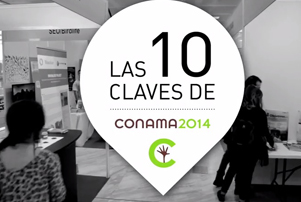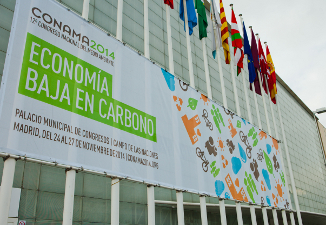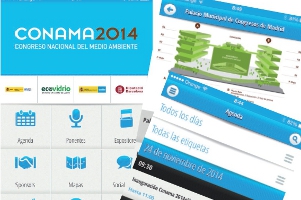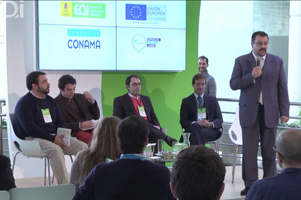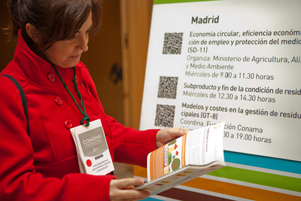Patrocinadores


























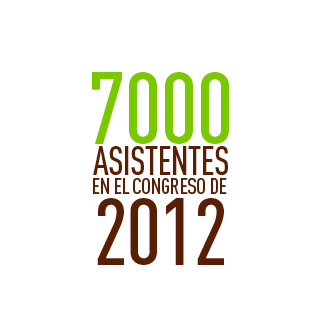
Colaboradores
Coorganizadores



























Case Studies: Risk Assessment and Remediation of PCBs in Sediment
|
Autor:
Gaspar Baleriola Symbion |
|
| Otros autores: Eduardo Ortega; John Zimmerman (ENVIRON International Corporation); Lisa Yost; Mary Sorensen; Miranda Henning; Phyllis Fuchsman; Helen Douglas | |
|
Tipo:
Comunicación técnica panel |
|
| Temática: Calidad ambiental | |
|
|
|
|
Resumen: |
|
|
While human health risk assessment is a mature practice, two factors complicate consideration of PCBs in sediment. First, despite decades of debate in scientific and regulatory forums, there is substantial uncertainty regarding the representativeness of relative potency factors in estimating carcinogenicity of dioxin-like PCBs in human populations, with current debate centering around the best means to estimate internal doses of dioxin-like PCBs. While 2,3,7,8-TCDD is a clear and potent rodent carcinogen, there is currently no USEPA-approved slope factor for 2,3,7,8-TCDD and thus no established means to evaluate the dioxin-like carcinogenicity of PCB congeners. Current USEPA policy recommends use of the 2,3,7,8-TCDD reference dose for noncancer effects as a protective means to evaluate cancer and noncancer risks, but the applicability of extending this approach to dioxin-like PCBs is less clear and less well established. Second, given the highly bioaccumulative nature of PCBs, an important route of exposure to humans is through fish consumption, a factor that is highly variable and specific to an individual’s affinity for fishing access to fishery resources and dietary and cooking preferences. Relative to human health risk assessment, the methods and inputs used in ecological risk assessment continues to mature. Ecological risk assessment continues to be influenced by the limitations and applications of the analytical methods used to quantify PCBs in sediment (e.g., by Aroclor, congener, or homologue). Given the lower cost of Aroclor analyses, they continue to be the predominant approach to quantification of PCB concentrations, despite their limitations for characterizing weathered mixtures and other pitfalls that will be discussed. Quantification of PCBs as Aroclors does, however, offer an advantage when applied to ecological risk assessment, in that most available toxicity reference values (TRV) also are defined based on Aroclor mixtures. In contrast, quantification of PCBs as congeners, followed by calculation of a 2,3,7,8-TCDD equivalent concentration forces use of a dioxin-based TRV, which tends to be quite limited for ecological receptors. Depending on the results of the human health and ecological risk assessments, remediation of PCB-contaminated sediment may be required with the objective of reducing the concentrations of PCBs in fish and other aquatic organisms. Remedies are often complicated because PCBs are usually associated with fine-grained sediment that has been dispersed across a large river or tidal, estuarine setting. One of the significant challenges with sediment sites is that intrusive remediation methods may inflict more damage to the environment than the remediation is intended to correct, although some regulators and the public very often view dredging as the presumptive remedy. Many sediment sites involve sensitive ecological habitat that would be destroyed and difficult to restore if the remedy involves sediment removal. Case studies are presented in which the challenges of human health and ecological risk assessment discussed above are addressed. The case examples will also discuss unique conditions at the sites and the benefits of selecting alternatives that balance remedy effectiveness and mitigation of negative impacts. |
|

